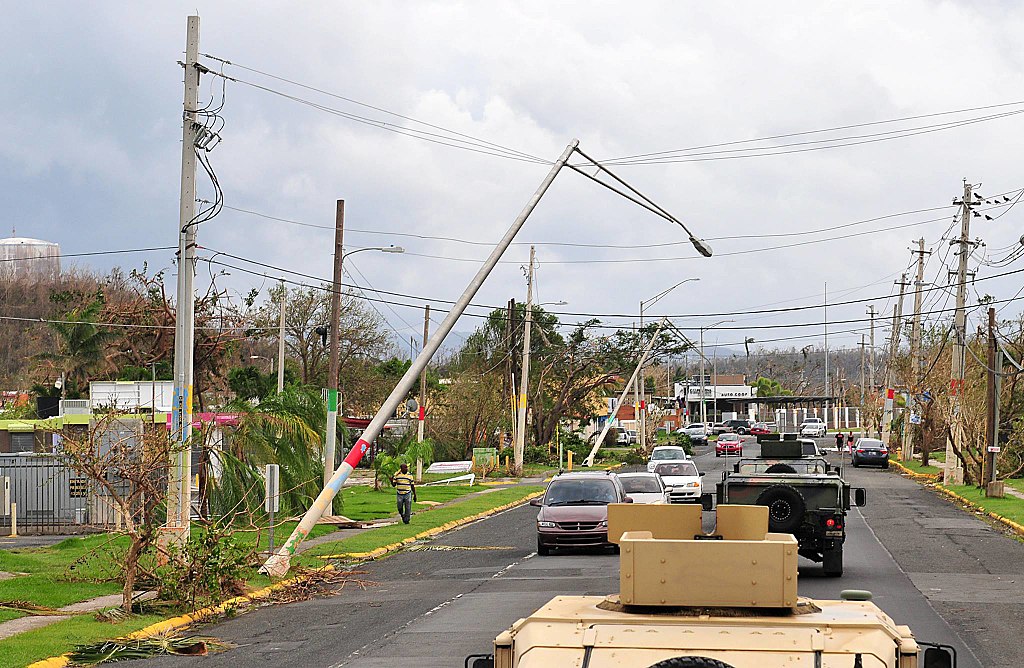Daniel M. Firger
Associate Director
On October 28, 2010 the California Air Resources Board (CARB) released its long-awaited Proposed Regulation to implement a statewide cap-and-trade program, just days before the November 2 referendum on A.B. 32, the Global Warming Solutions Act of 2006. A.B. 32 forms the basis for sweeping state-level action on climate change, including the establishment by CARB of its cap-and-trade program for GHGs. The law requires California to scale back its GHG emissions to 1990 levels by 2020, meaning a 15 percent reduction in emissions between 2012 and 2020.
California’s cap-and-trade program forms the cornerstone of a comprehensive strategy to meet this goal. Under CARB’s Proposed Regulation, electric utilities will be granted free emissions allowances starting in 2012, which they must then resell to other emitters. Utilities must use the proceeds from these sales for one of several purposes, including rebates to electricity consumers and investments in efficiency and renewables. Fossil fuel refineries will also be covered by the cap-and-trade rules, but will have three extra years to comply, with the first allowances allocated in 2015. CARB’s cap-and-trade program is clearly designed to protect California industries, prevent carbon leakage and job loss to states that have not yet priced GHG emissions, and provide a model for future action in other jurisdictions, both in the U.S. and abroad.
In its Executive Summary to the proposed regulation, CARB explains:
The California Climate Change Scoping Plan lays out a comprehensive program to scale back our greenhouse gas emissions to 1990 levels by 2020, reduce our dependence on fossil fuels, stimulate investment in clean and efficient technologies, and improve air quality and public health. Achieving these goals is best accomplished through a coordinated set of programs that employ strategies tailored to specific needs, including market-based compliance mechanisms, performance standards, technology requirements, and voluntary reductions.
The cap-and-trade program is a key element of this overall strategy. It creates a limit on the emissions from sources responsible for 85 percent of California’s GHG emissions, establishes the price signal needed to drive long-term investment in cleaner fuels and more efficient use of energy, and affords covered entities flexibility to seek out and implement the lowest-cost options to reduce emissions. The cap-and-trade program is designed to work in concert with other measures, such as standards for cleaner vehicles, low-carbon fuels, renewable electricity and energy efficiency. The program will also complement and support California’s existing efforts to reduce criteria and toxic air pollutants.
Echoing President Obama’s recent statements on the demise of federal global warming legislation, the program’s creators clearly see California cap-and-trade as one of several big “chunks” of climate policy, one that will be integrated, to the extent feasible, with other state-level initiatives, regional carbon markets such as the Western Climate Initiative (PDF), international trading regimes including the European Union’s Emission Trading System (EU ETS) and, eventually, a federal cap-and-trade program.
Even without such linkages, however, it’s worth noting that California’s economy, with GDP of $1.85 trillion in 2008, is still larger than that of all but seven countries in the world and represents nearly 2 percent of global GHG emissions. Furthermore, California has a long tradition of spurring industrial innovation that spreads across the rest of the U.S. over time. CARB’s cap-and-trade plan will thus have an impact far beyond its immediate regulatory ambit.
With the proposed regulation now publicly available, stakeholders have approximately six weeks to make comments before CARB holds a final vote (PDF) on adoption on December 16, 2010. As Felicity Barringer points out in the New York Times, CARB has something of a “late-mover advantage of being able to learn from earlier failures — both economic and political, in Europe and in Washington.” Whether – and what – CARB has in fact learned from these efforts remains to be seen, but the proposed regulation represents an undoubtedly huge step forward for California, and may turn out to be the flagship initiative in a vast and variegated set of subnational climate policies rolled out over the coming months and years. With Washington in disarray and Cancun around the corner, the world’s cap-and-traders are turning their attention to Sacramento.
Associate Director and Fellow, Center for Climate Change Law




